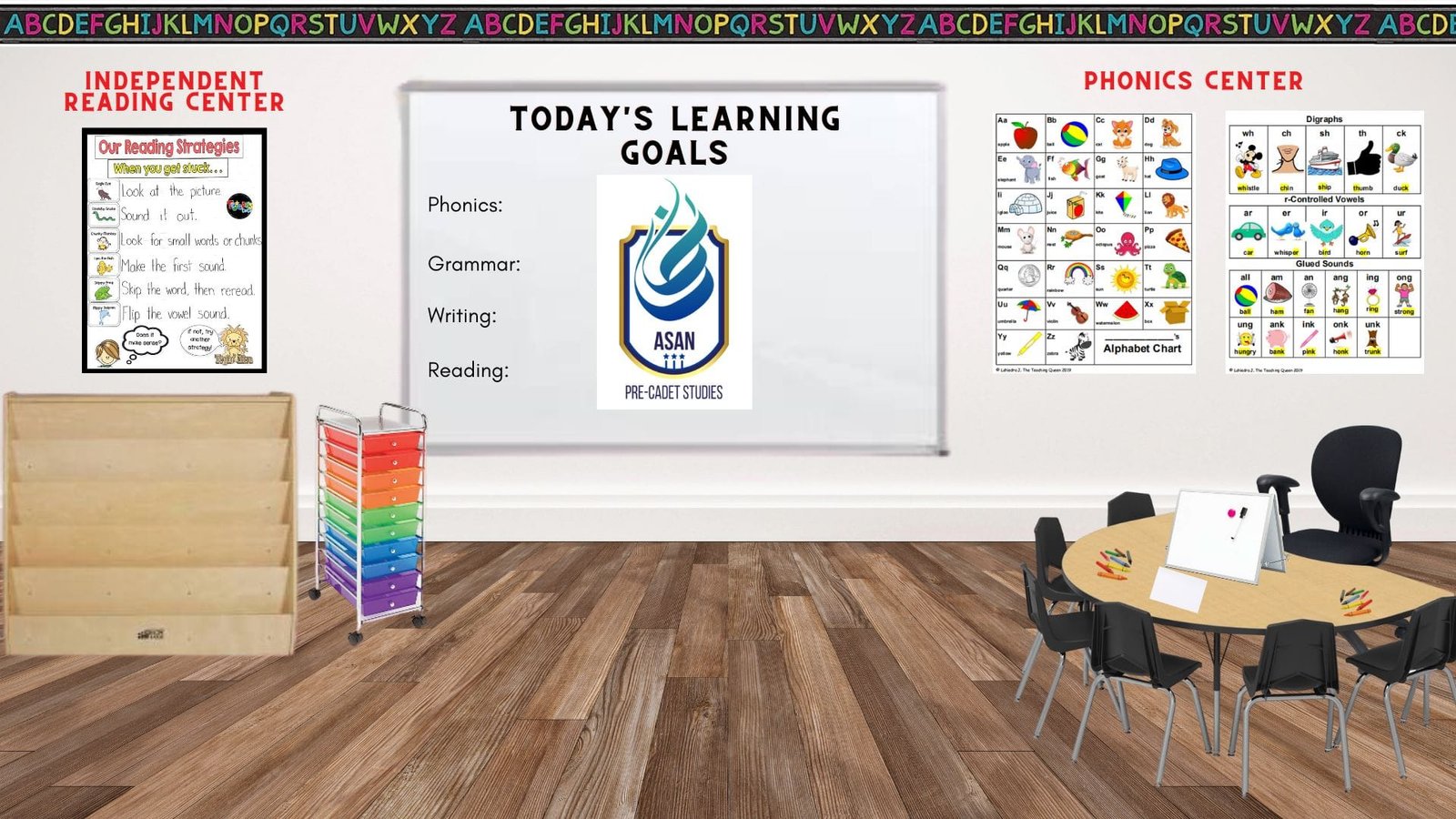Effective Ways to Maintain Classroom Discipline for Better Teaching
Effective Ways to Maintain Classroom Discipline
Maintaining Classroom Discipline is essential for effective teaching because an organized environment makes the learning process easier, more pleasant, and more effective. A good teacher creates discipline with love, wisdom, and strategic planning.
📘 Practical Methods for Maintaining Classroom Discipline
- Set Clear Rules and Expectations from the Beginning
Create simple and clear rules with students (e.g., come on time, raise hand before speaking), display them prominently, and set clear rewards and consequences. - Mutual Respect and Positive Relationships
Maintain a friendly yet respectful attitude, value every student’s opinion, and avoid humiliation or embarrassment. - Use Positive Language and Encouragement
Focus on correction and praise rather than criticism. Example: Instead of saying “You never do anything,” say “I believe you can do better.” Immediately recognize positive behavior. - Engaging and Interactive Teaching
Replace boring lectures with activities, questions, discussions, and interactive games. Busy students have less time for mischief. - Time Management and Routine
Have a short daily schedule: prayer, lesson, activity, and summary. Let students know the specific time for each task.

- Proximity Control
Move around the classroom instead of sitting in one place. Managing behavior becomes easier when standing near misbehaving students. - Use Non-verbal Cues
Hand gestures, eye contact, or pointing at the board can help manage noise without speaking. You can control unnecessary noise with silent signals like a “2-minute quiet” gesture. - Alternatives to Punishment
Use soft warnings, assign classroom responsibilities (like cleaning the board), or involve students in positive activities instead of frequent punishment. Overuse of punishment can poison the learning environment. - Include Every Student
Engage backbenchers in questions and activities. Encourage group and peer work to build mutual respect among students. - Self-Reflection
Sometimes teachers should reflect: “Is my teaching beneficial for everyone?” Consult senior teachers or parents for behavior-related issues.
Classroom Discipline is not achieved by harshness but through love, consistency, and effective teaching. Create an environment where students find joy in learning rather than feeling burdened.






